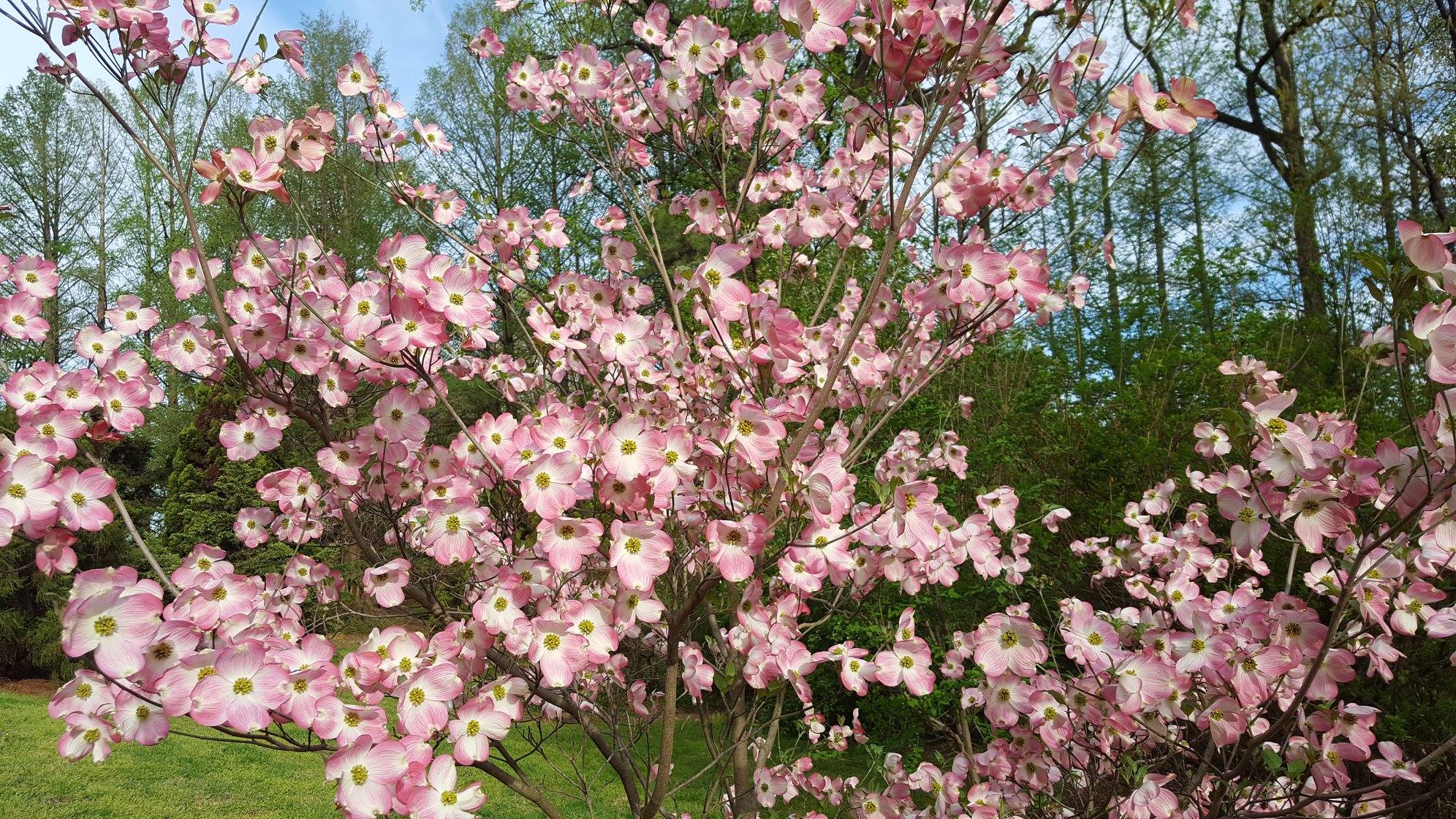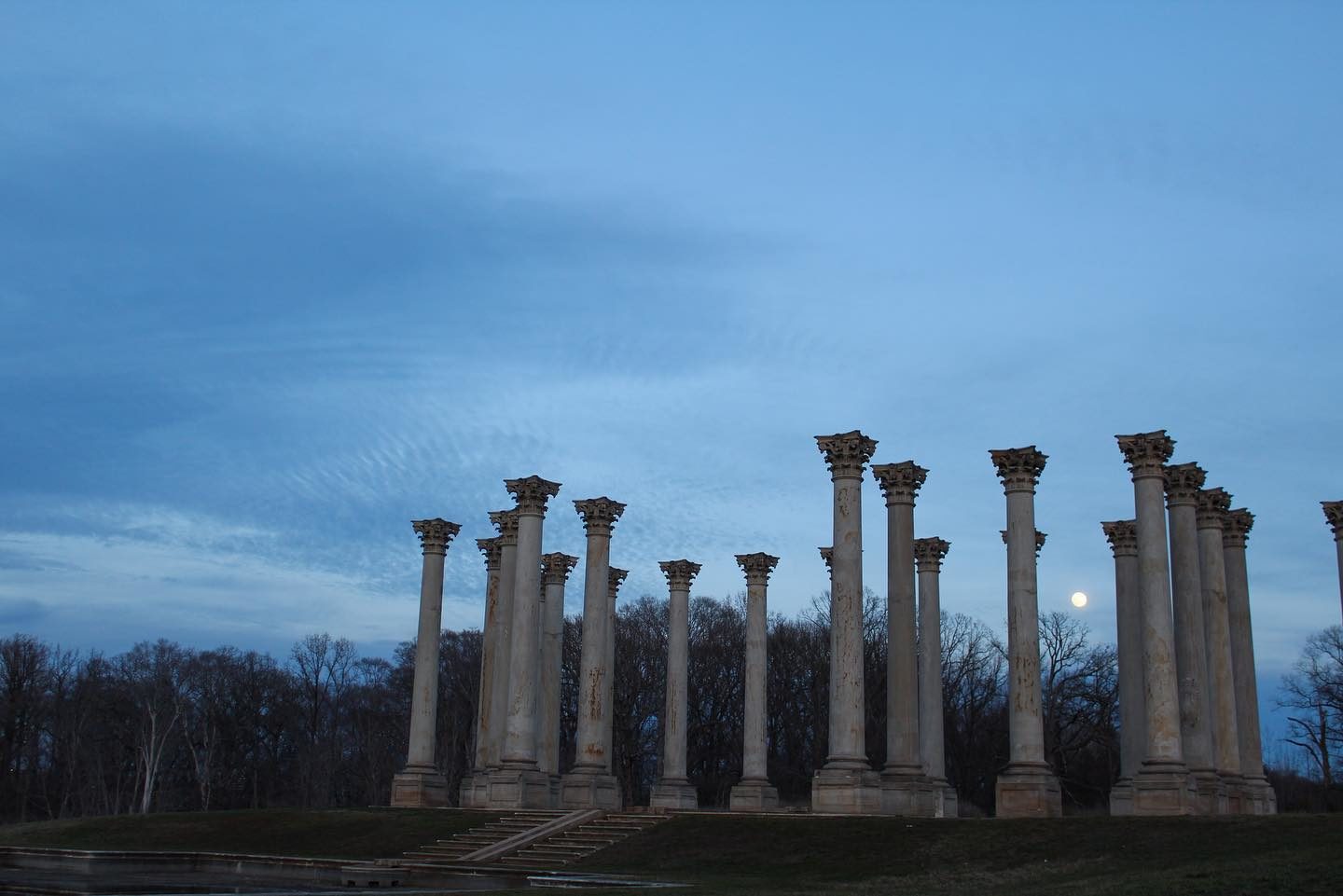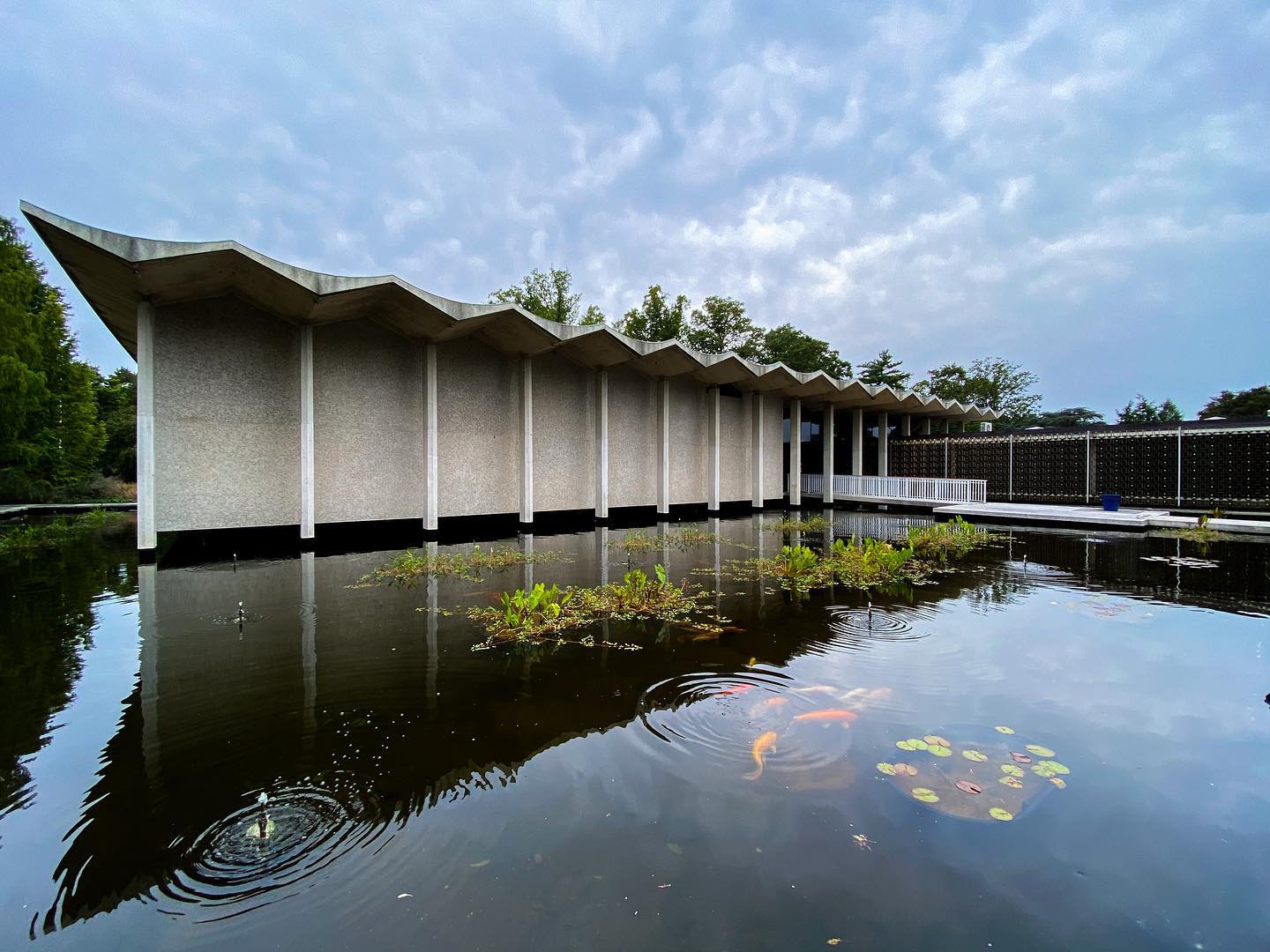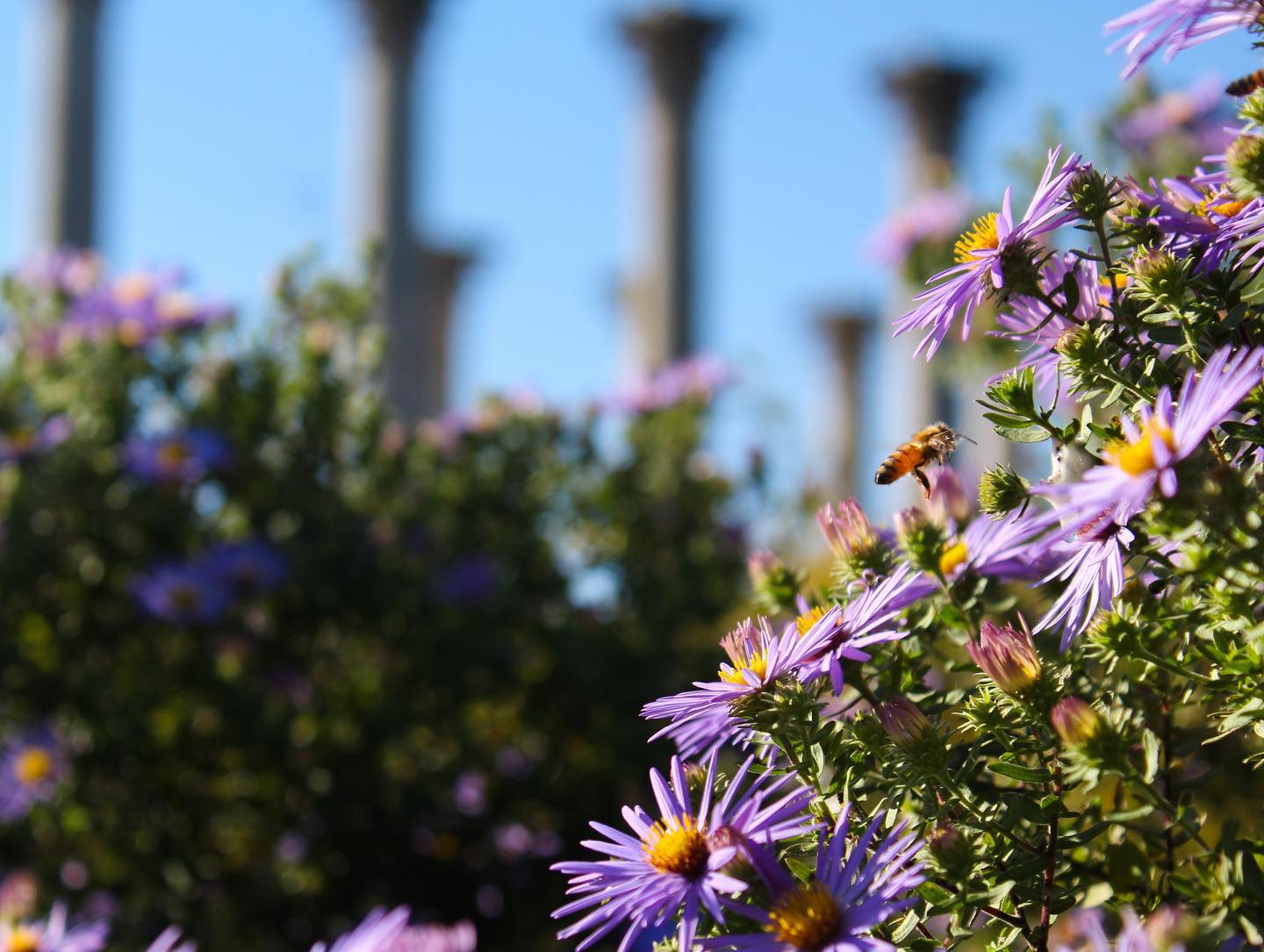National Arboretum Bald Eagle Nest Cam
Washington, DC
About the united states national arboretum
The U.S. Department of Agriculture’s Agricultural Research Service’s U.S. National Arboretum was established by Congress in 1927 to serve the public need for scientific research, education and gardens that conserve and showcase plants that enhance the environment. The USNA enhances the economic, environmental, and aesthetic value of ornamental and landscape plants through long-term, multi-disciplinary research, conservation of genetic resources, and interpretative gardens and exhibits. It encompasses more than 446 acres of land in northeast Washington, DC and also has worksites in Beltsville, MD, and McMinnville, TN. The National Arboretum is one of the world’s premier woody plant research facilities and public gardens.
Dates and Hours
The U.S. National Arboretum is open from 8 a.m. to 5 p.m. every day except Christmas and New Year’s Day. Admission and parking are free. For more information on dates and hours, please see the arboretum’s website at www.usna.usda.gov.
How To Get There
The National Arboretum is located in northeast Washington, DC, with entrances on New York Avenue and R Street. For more information and for directions, please see the arboretum’s website at www.usna.usda.gov.
Annual Visitation
Over 500,000 people visit the National Arboretum each year.
Support Organizations
Organizations supporting the National Arboretum include American Nursery and Landscape Association, Friends of the National Arboretum, Garden Club of America, Herb Society of America, National Bonsai Foundation, National Capital Area Garden Clubs, Inc., National Capital Orchid Society, The National China Garden Foundation, National Garden Clubs, Inc., Society of American Florists, and Woman’s National Farm & Garden Association.
Research
Wide-ranging basic and developmental research on trees, shrubs, turf, and floral plants. Development of new technologies for the floral and nursery industries. Development of plants with superior characteristics through a program of testing and genetic improvement. Taxonomy and nomenclature of ornamental plants and their wild relatives. Collection and preservation of plant germplasm with ornamental potential.
Gardens
Single‑genus groupings include: azalea, boxwood, daffodil, daylily, dogwood, holly, magnolia, and maple. Major garden features include: aquatic plants, the Asian Collections, the Fern Valley Native Plant Collections, the Flowering Tree Collection, the Flowering Tree Walk, the Friendship Garden, the Gotelli Dwarf and Slow‑Growing Conifer Collection, the Introduction Garden, the National Bonsai & Penjing Museum, the National Capitol Columns, the National Grove of State Trees, and the National Herb Garden.
Education
Public education efforts including symposia, lectures, workshops, and demonstrations, plant, flower, and art exhibitions, interpretive brochures and signs, and group tours, and public relations.
Publications
Over 150 scientific articles in professional and trade journals in the last 3 years. Various program aids for visitors. Eight publications in the National Arboretum Contribution series.
Plant Introductions
678 official plant releases. Eight patents and two EPA biopesticide registrations.
Cooperative Programs
Alfred State University, Auburn University, Brooklyn Botanic Garden, Cornell University, Danforth Plant Science Center, Iowa State University, Michigan State University, National Turfgrass Federation, North Carolina State University, Oklahoma State University, Oregon State University, Rutgers University, Tennessee State University, University of Arizona, University of California, University of Connecticut, University of Florida, University of Georgia, University of Maryland, University of Minnesota, University of Missouri, University of Tennessee, University of Utah, University of Wisconsin, USDA Forest Service, US Golf Association, Washington State University.
International Cooperation
Israel, Italy, Japan, Korea, Netherlands, People’s Republic of China, Russia, and South Africa.
Herbarium
Permanent reference collection of over 650,000 specimens of dried pressed plants for scientific studies in agriculture, horticulture, botany, medicine, and other related fields. Contains plants from around the world, with a special emphasis on cultivated plants. Especially well represented groups include azaleas (Rhododendron), cherries (Prunus), daffodils (Narcissus), daylilies (Hemerocallis), hollies (Ilex), oaks (Quercus), viburnums (Viburnum), and willows (Salix).




